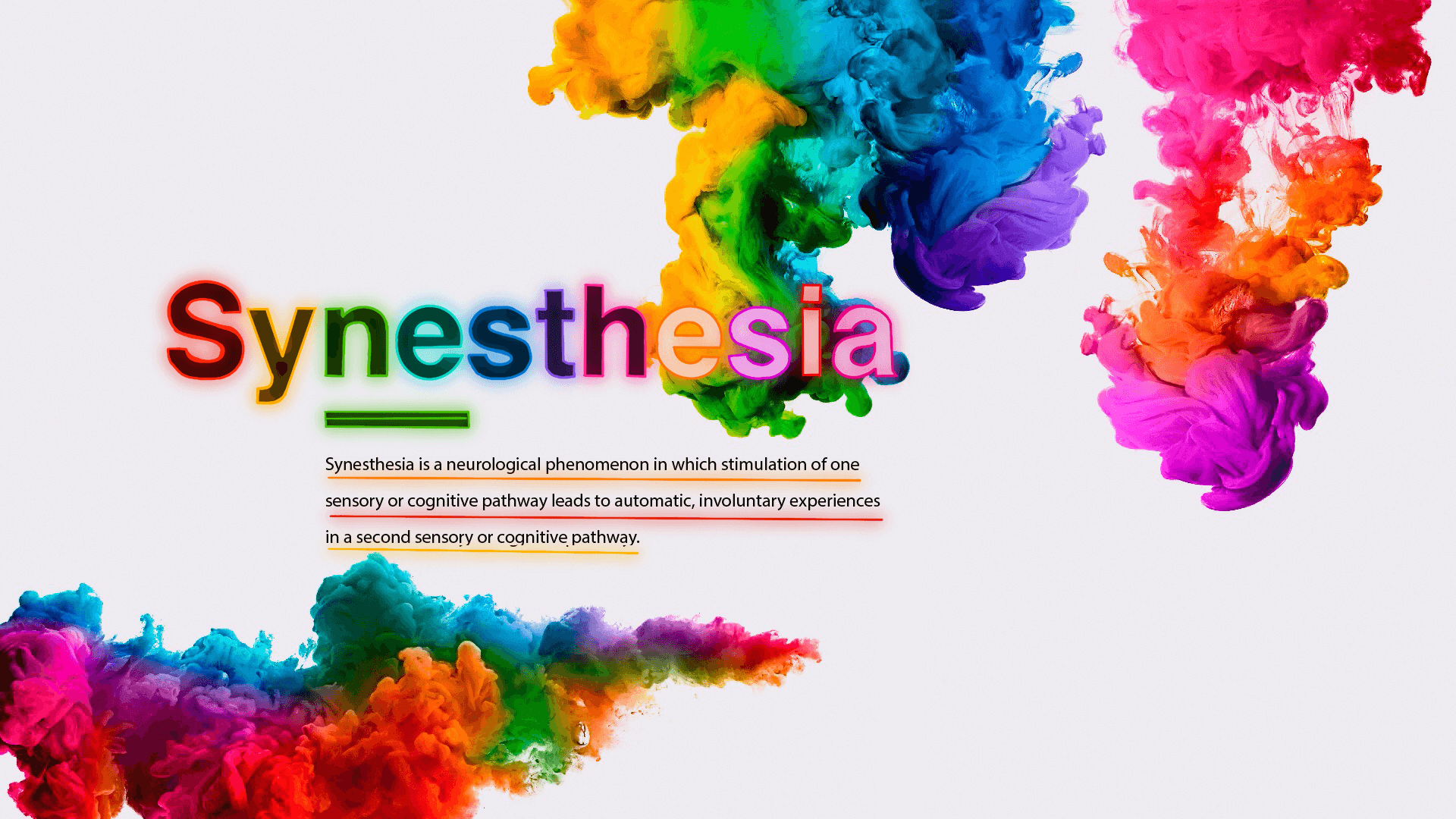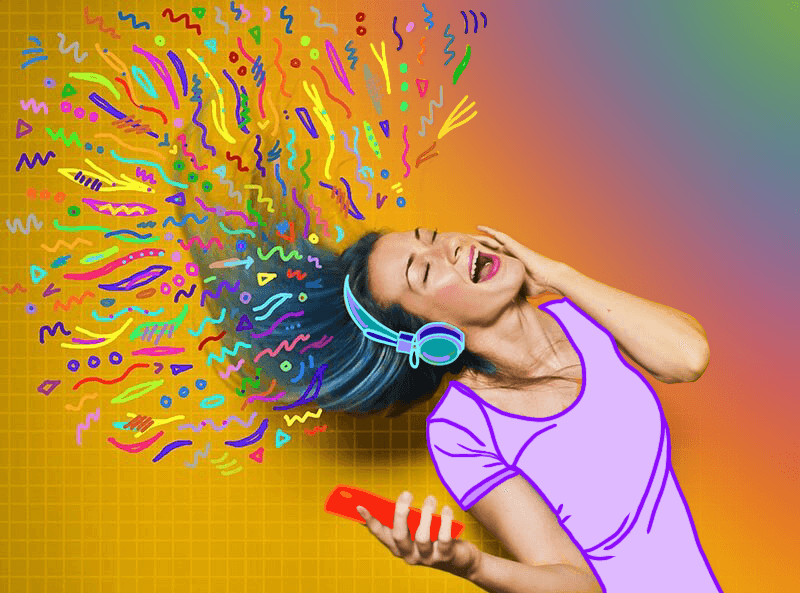Do you always see numbers and letters as “tinged” with a fixed color? Do you associate certain sounds and stimuli with different colors? Do you see numerical sequences as points in space? If you don’t have any of these experiences daily, you probably know someone who does. All of those associations are symptoms of the perceptual phenomenon known as synesthesia (in Greek, meaning “to perceive together”). As unusual as these stimulus responses may sound, synesthesia is commonly occurring: it is found in almost 4% of the population.
There are many types of synesthesia. Some involve involuntary associations with colors, some involve hearing sounds and feeling a response in a part of your body that your brain associates with that sound. Misophonia, the neurological disorder in which negative emotions such as anger, fear, and disgust are triggered by specific sounds, is also a common form of synesthesia.
So what is the common thread here? According to neurologist Richard Cytowic, synesthesia occurs when “stimulation of one sensory or cognitive pathway leads to involuntary experiences in a second sensory or cognitive pathway”.
There is no known cause of synesthesia, but people who experience it have a higher likelihood of being creative and working in the arts; likely because they experience a different way of seeing the world.
Written by Maya Danzig
Illustrations by Yael Beredizivin

 CON
CON CON
CON






















































